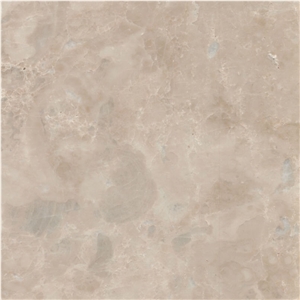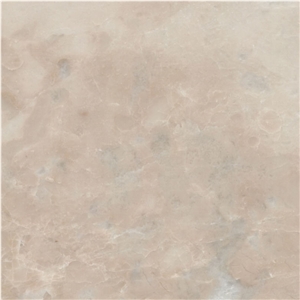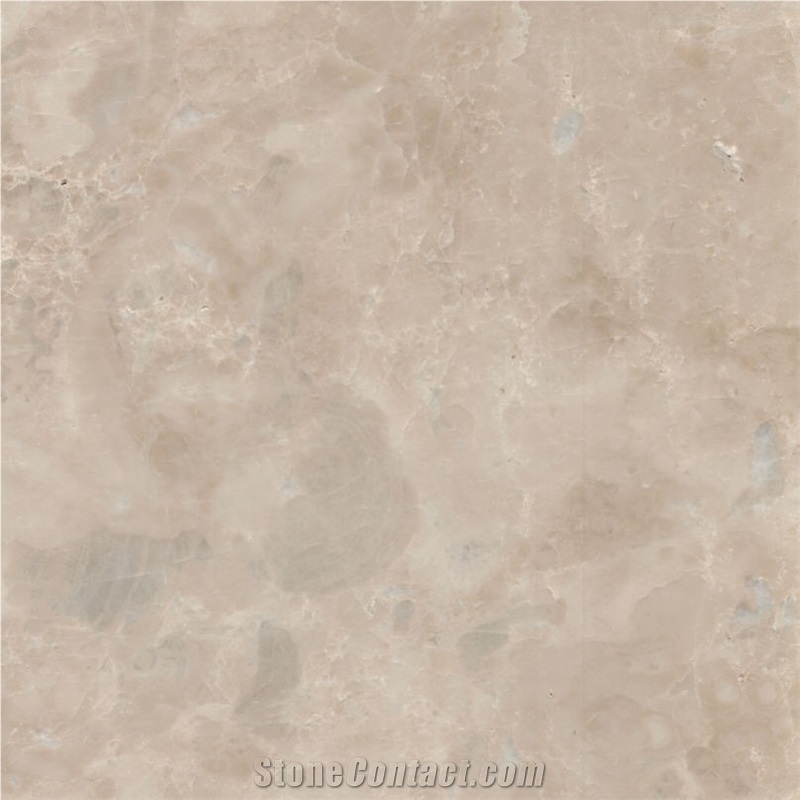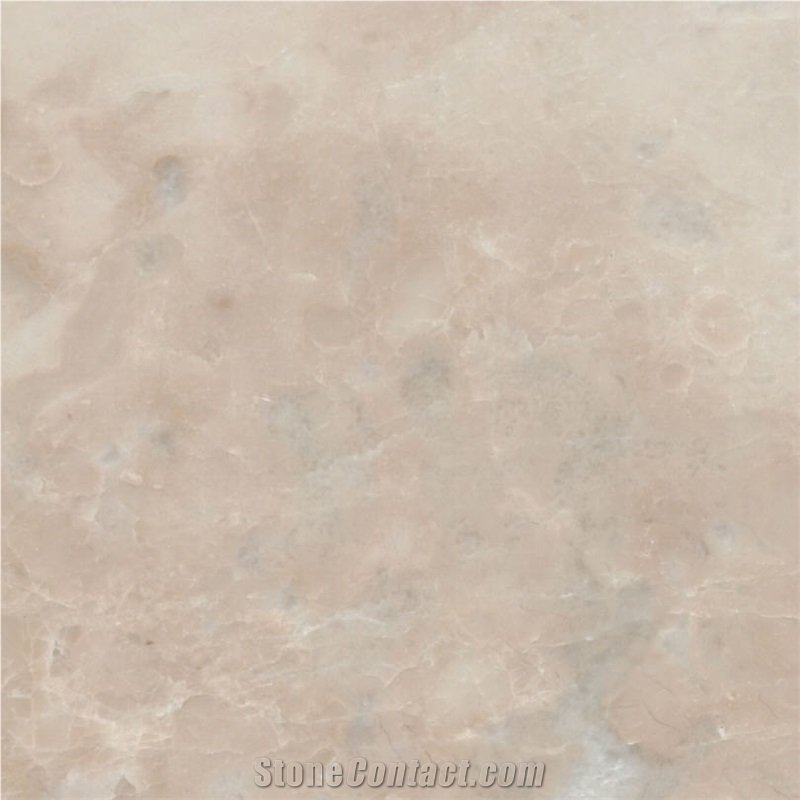Calista Cream
 Turkey
(Yeşilova, Burdur )
Turkey
(Yeşilova, Burdur )
Calista Cream Marble is beige and from Turkey. It can be used in many areas for flooring residential, dimensional stone, bathroom, wall cladding. Additional names of Calista Cream Marble include: Calista Beige,Burdur Beige Marble,Burdur Gur Beige,Burdur Bej.

What are the molding types available in Calista Cream?

What grade is Turkey's Calista Cream Marble?

What is the chemical properties of Calista Cream?

How do you get stains out of Calista Cream fireplace?

Is Calista Cream good for stairs?

Does Calista Cream break and scratch easily?

Is Turkey's Calista Cream Marble an expensive stone?

Can Turkey's Calista Cream Marble be used exterior applications in cold climates?

What should I do to prevent Calista Cream flooring from being slippery?

What is the physical properties of Calista Cream?

What are the types of Calista Cream countertop edge profiles?

Can I put hot pots and pans on Calista Cream kitchen countertops?

Are there color variations of Turkey's Calista Cream Marble?

How thick is Turkey's Calista Cream Marble slabs?

What method should be applied to prevent the Calista Cream table top from breaking?

Can Turkey's Calista Cream Marble be used in a dining room?

Can Turkey's Calista Cream Marble be used in landscaping?

How can I clean Calista Cream?

What is the coefficient of friction of Chiseled Turkey's Calista Cream Marble tiles?

How do I get my Calista Cream fireplace to shine again?
-

 China
China
 9YRDiamond members are premium members on platform, providing members with comprehensive approach to promoting their products, increasing products exposure and investment return to maximize.
9YRDiamond members are premium members on platform, providing members with comprehensive approach to promoting their products, increasing products exposure and investment return to maximize.
 Verified Supplier is for prove company authenticity,including business license,trade license and effective office space,to enhance buyers' trust to suppliers and their products, reducing communication costs.
Verified Supplier is for prove company authenticity,including business license,trade license and effective office space,to enhance buyers' trust to suppliers and their products, reducing communication costs.
Contact Supplier
-

 China
China
 9YRDiamond members are premium members on platform, providing members with comprehensive approach to promoting their products, increasing products exposure and investment return to maximize.
9YRDiamond members are premium members on platform, providing members with comprehensive approach to promoting their products, increasing products exposure and investment return to maximize.
 Verified Supplier is for prove company authenticity,including business license,trade license and effective office space,to enhance buyers' trust to suppliers and their products, reducing communication costs.
Verified Supplier is for prove company authenticity,including business license,trade license and effective office space,to enhance buyers' trust to suppliers and their products, reducing communication costs.
Contact Supplier
-

-

 China
China
Contact Supplier
-

-

-

 Turkey
Turkey
Contact Supplier
-

 United States
United States
 Verified Supplier is for prove company authenticity,including business license,trade license and effective office space,to enhance buyers' trust to suppliers and their products, reducing communication costs.
Verified Supplier is for prove company authenticity,including business license,trade license and effective office space,to enhance buyers' trust to suppliers and their products, reducing communication costs.
Contact Supplier
-

 United States
United States
 Verified Supplier is for prove company authenticity,including business license,trade license and effective office space,to enhance buyers' trust to suppliers and their products, reducing communication costs.
Verified Supplier is for prove company authenticity,including business license,trade license and effective office space,to enhance buyers' trust to suppliers and their products, reducing communication costs.
Contact Supplier
-

 United States
United States
 Verified Supplier is for prove company authenticity,including business license,trade license and effective office space,to enhance buyers' trust to suppliers and their products, reducing communication costs.
Verified Supplier is for prove company authenticity,including business license,trade license and effective office space,to enhance buyers' trust to suppliers and their products, reducing communication costs.
Contact Supplier
The request includes: 1. surface finished, size 2. quantity required









